When you look at Venice, the first feeling you get is that an artist built it to embody Beauty. That is why it is not easy to say which are the most beautiful places to visit and the best attractions to see.
Anyway, we did it, and the result is right here.
Have a look at the best things to see in Venice in two days, according to Visit Italy.
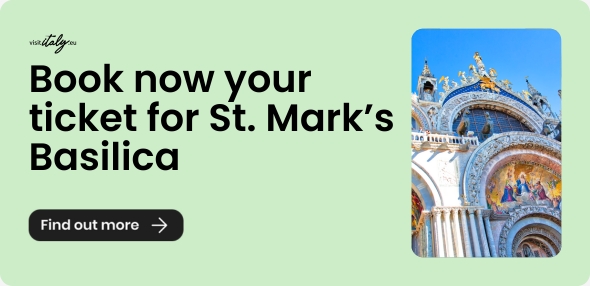
The best things to see in Venice in two days
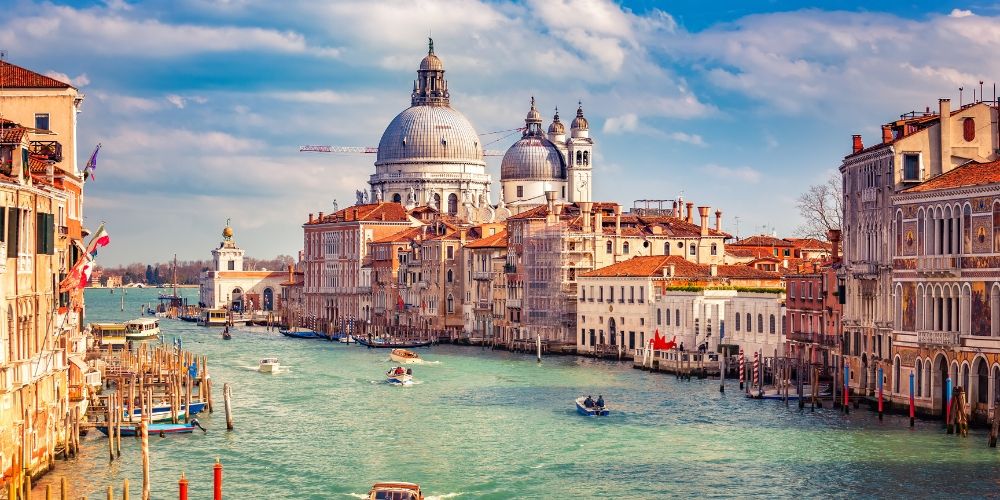
Visiting Venice in two days can be challenging but with the right tips (as ours on the best museums to explore this year) you can still have a satisfying experience.
This city is all magic floating on water. Stroll through the ‘calli’, savour the silence of the water creeping under the bridges, imagine lavish parties in buildings with facades decorated as if they were embroidery.
And then suddenly you will find yourself in squares that today, as in the past, are invaded by the hubbub of the people, once the scene of intense trade, today full of shops, bars, ‘cicchetterie’.
You will find yourself catapulted into the Venice of the Doges, of merchants, of the scent of spices, of gondolas floating on the water, of the theatres where life has been recited for centuries.
But you will also find yourself in the Venice of simple get-togethers, sipping a good glass of wine in front of a ‘bàcaro’ while you hear all the languages of the world around you.
This article aims to introduce you to a 'slice' of this marvellous city through the eyes of the locals, as we did. We were guided by bridges, canals, and stories from the square in front of Venice Santa Lucia station to discover the Cannaregio district up to Rialto.
Don’t forget your Venice Pass, the easiest way to experience the city with the familiarity of a Venetian.
You might also be interested in our recommendations on the best neighbourhoods to stay.
Be inspired and discover the best things to see in Venice in in two days.
Get your Venice PassDay 1: morning in Venice ghetto
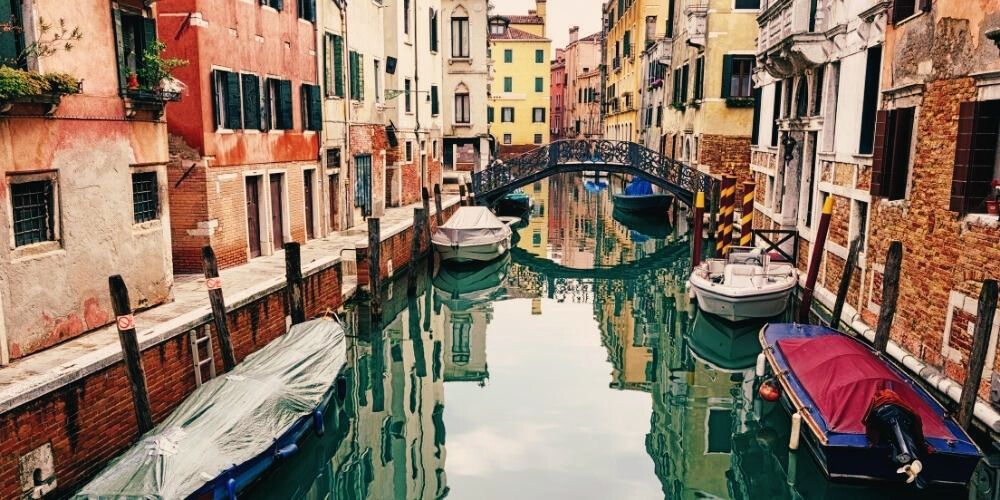
Our two days in Venice itinerary starts early in the morning when we arrive at the station of Venezia Santa Lucia.
The train stops, the noise of the sliding doors gives way to the voices of people walking hurriedly on the tracks. In no time at all, we reach the forecourt.
Here we are faced with the scenery of a city floating on water that looks like a set from some theatre play. With the station building behind us, we head to our left, walking along Rio Terà Lista di Spagna, towards the 16th-century Jewish Ghetto, in the heart of the Cannaregio district.
At the entrance to the Ghetto, we cross the threshold of a door whose hinges are now only visible. It is easy to understand why they say that this is one of the city's most characteristic and fascinating places.
Here, once upon a time, the sound of the ‘marangona’ (the largest bell in St Mark's bell tower) started the day and indicated that it was time to reopen the gates.
Today, however, our day begins as we sip a coffee and listen to the proprietor telling us that this is the oldest Ghetto in Europe. The name ‘ghetto’ originated here, and it was once a large open-air market where you could find anything.
In the meantime, we are advised to look for a curious sign: that of the ‘Banco Rosso’. It is a recently restored shop open to the public, where people used to borrow money. Suddenly, hurried footsteps catch our attention, and we decide to get back on the road: we have so many things to see waiting for us!
The area has many original activities: craft shops; bakeries that spread the smell of Jewish specialities and Venetian sweets in the air; kosher restaurants where you can taste the dishes of a thousand-year-old tradition.
Then there is the Jewish Museum with its ancient silver and gold masterpieces, books, documents, and there are the synagogues, which are hardly recognisable from the outside.
The three islands that make up the Ghetto contain five synagogues, also known as ‘Scuole’ or ‘Scole’, three in the Old Ghetto and two in the New Ghetto, all built in the 16th century.
The largest, most famous and scenic is the Scuola Ponentina or Spagnola in the New Ghetto, restored by the workshop of Baldassarre Longhena, one of the most famous architects and sculptors of the Venetian Republic of his time.
Book a photo tour in VeniceDay 1: afternoon in a dynamic Venetian district
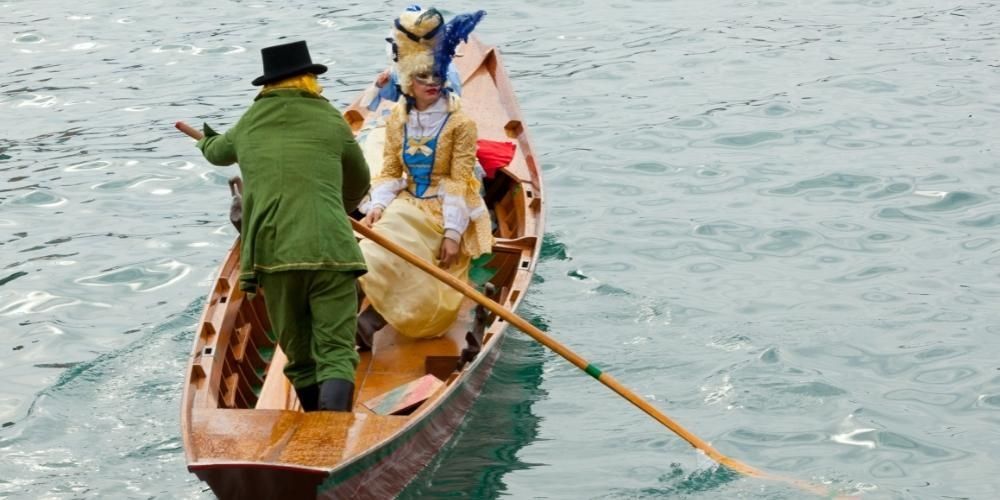
We head north towards the Rio della Misericordia, cross the iron bridge and proceed to the right to intercept one of the spots that cannot be missed when visiting Venice in two days.
Fondamenta dei Ormesini is one of those places with a cheerful atmosphere, where Venetians mix with students and the few tourists who discover it.
Time passes quickly and carefree among the numerous ‘bàcari’ (Venetian osterie with a popular character, with a wide choice of wines by the glass and 'cicchetti'). At the same time, we try to learn a few local slang expressions between one laugh and another.
At a certain point, the curiosity to take part in a Venetian rowing lesson becomes irresistible: we will always carry this experience in our hearts, not only because it is undoubtedly one of the most authentic ways of experiencing the city, but also because, as we swayed on the calm waters of the lagoon, the humidity gently brushed our skin while our thoughts drifted away, distant.
Book gondola ride in VeniceDay 1: evening in sestiere di Cannaregio
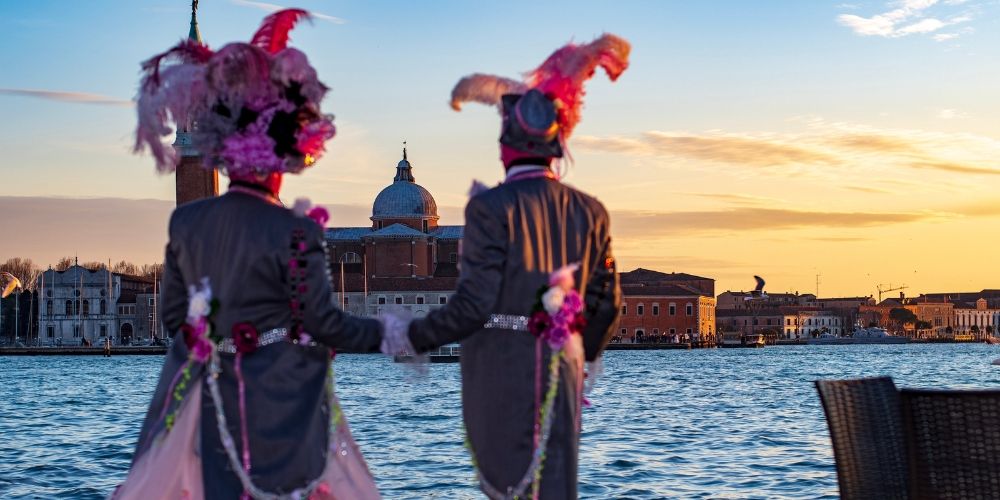
Having returned our boat to base, we head towards Fondamenta Misericordia, searching for something to eat. This area is one of the liveliest in Cannaregio, with a good choice of restaurants and bars.
Here it is a must to have an aperitif with a spritz or taste the typical ‘cicchetti’ (small crostini with salt cod, vegetables, cheese, salami and much more) accompanied by a glass of local wine (an ‘ombra’ in the local language).
On the way, however, the window of a shop selling historical Venetian clothes captures our attention. We go in, the owner welcomes us and tells us that the creations of his atelier are recognised all over the world as one of the greatest expressions of Made in Italy craftsmanship.
We would have stayed for hours in this fascinating place that brings with it only the beauty of the passing of time and not its weariness.
The memory of the sensation we felt inside is still vivid: that of a richness that is not afraid of being excessive, aware of its perfection, despite the glitz everywhere. And it is true: it is perfect.
Book Dress-Up Experience in VeniceDay 2: morning with (real) myths and legends
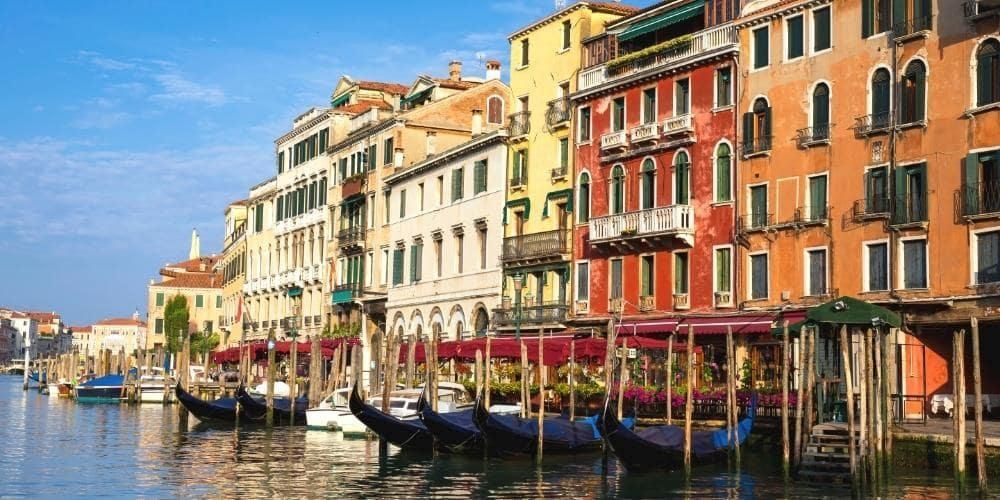
Our Venice in two days continues from where we left off.
Walking along the Fondamenta dei Mori, we arrive at a 16th-century Gothic building. It’s the house where Jacopo Robusti, known as Tintoretto, lived all his life, until his death on 31 May 1594.
A small high relief of Hercules leaning on a club attracts our attention, and we discover this detail is linked to a curious anecdote.
The story goes that it was put there to cover the hole in the wall left by a witch fleeing the house. When Tintoretto discovered the diabolical plan she had concocted to steal his daughter's soul, he beat her with a stick. From that time on, she was never seen again.
As we imagine the scene of the evil old woman getting bludgeoned, we meet a very kind lady who tells us that Hercules is not the only famous figure embedded in a building.
A minute's walk from Tintoretto's house, in Campo dei Mori, there are four stone statues set into the wall of Palazzo Mastelli del Cammello. They are the statues of the Moors of Venice, and they say that touching the iron nose of one of them, 'sior Rioba', brings good luck.
They were three brothers, owners of a bank and very clever and dishonest merchants, who cheated their customers. However, they tricked the wrong person one day: a Venetian lady devoted to Saint Mary Magdalene who asked her patroness to curse the three swindlers.
The saint pretended to be a client. At the words: 'May the Lord turn us to stone if this is not the best cloth in Venice', the three found themselves immediately set in the palace, transformed into statues. The fourth figure is one of their unfortunate servants, whose name is unknown (to add insult to injury).
Get your Vaporetto PassDay 2: afternoon uncovering a piece of Venetian history
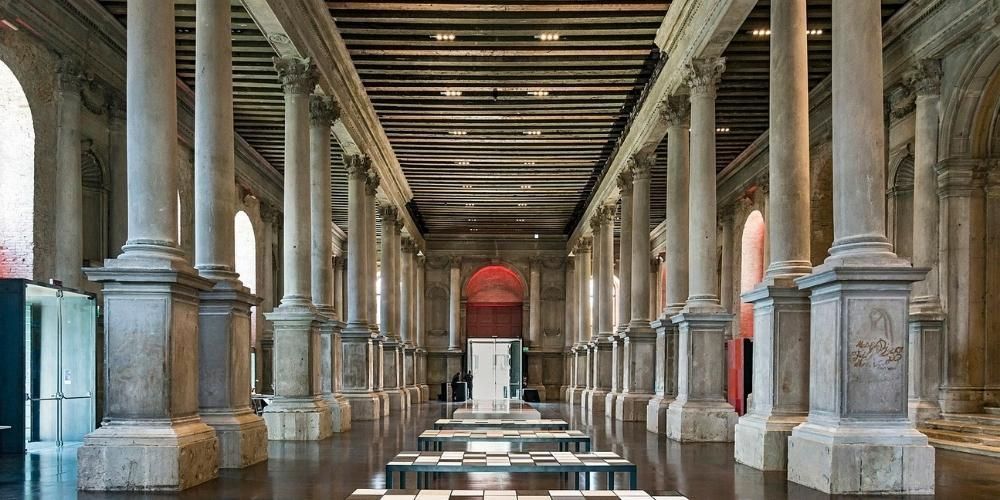
Aware that you should never make a Venetian angry, we headed for the next stop after touching the nose of 'sior Rioba'.
The Scuola Grande di Santa Maria della Misericordia is located at the end of the fondamenta of the same name and is an imposing building dating back to 1500.
The hall on the first floor is the largest in the historic centre after the one in the Doge's Palace. It is embellished with a rich fresco decoration.
The importance of this place in the city's life is genuinely great, and over the centuries, it was used for various purposes.
For a time, it was the temple of Venetian sport (here was the gym of Reyer, the famous Venetian basketball team); since 2015, it has been the location of contemporary art or architecture exhibitions, conferences and cultural events.
It’s a must-see for those who want to explore Venice in two days.
Day 2: evening in Rialto
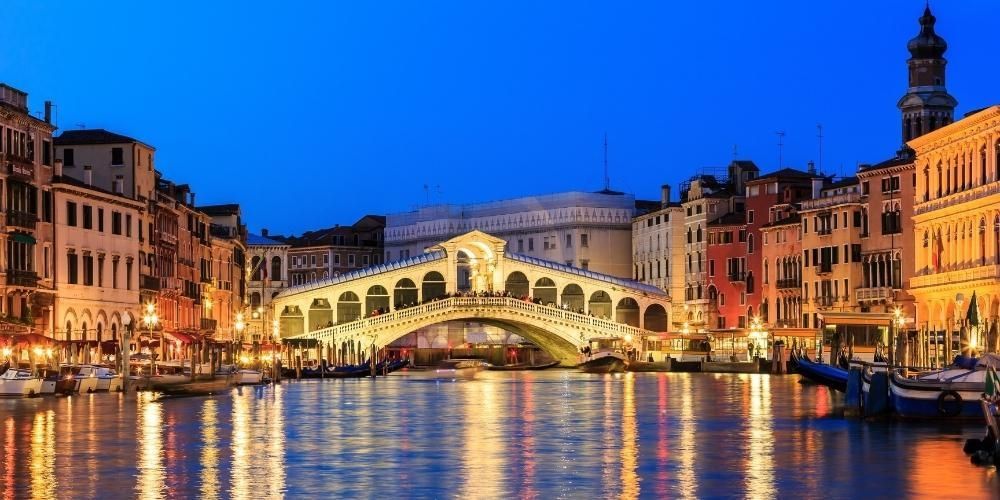
The time has now come to move southwards to Rialto. Today, the silhouette of the first bridge built in Venice is on every postcard. Together with the market, it is the liveliest heart of the city.
On the right bank, you can still see the structure of the old urban aggregate that has remained unchanged over the centuries, with long blocks alternating with narrow ‘calli’ (typical Venetian narrow streets).
After a refreshing stop at one of the local bàcari, we head towards Ruga and Sotoportego degli Oresi (goldsmiths).
Once home to the workshops of goldsmiths, jewellers and diamond cutters, today it is the ideal place for lovers of shopping, fashion, jewellery, design and handicrafts, and offers a very diverse range of shops.
But shop windows are not the only thing that fascinates: Ruga degli Oresi houses 16th-century frescoes that bear the signatures of great names such as Giorgione, Tiziano, Tintoretto and Veronese, artists who transformed Venice into the 'Painted City’.
Looking at all these wonders makes you lose track of time until you realise that artificial lights are changing how things look. Evening has come.
Nearby, the Church of San Giacometo, probably the oldest place of worship in the city, overlooks the campo of the same name (or ‘piazza’ in Venetian town planning), which was once the economic heart of the Venetian Republic.
Here was the commercial and mercantile hub of the Serenissima, where merchants came from worldwide. It was familiar to hear the sound of foreign languages.
This was also where the commercial and bureaucratic functions necessary to regulate the fervid buying and selling activity converged.
You can see signs of this past in the names of the places, which derive from the type of trade that took place there. For example, the Riva del Vin (the word ‘vin’ means ‘wine’) is the fondamenta where boats laden with wine docked and moored. The shops were in the inner calli known as ‘rughe’ (wrinkles), the most famous of which was Ruga de i Spezieri, a fundamental stop on the ‘spice route’.
Rialto market still teems with the same vitality as it once did. The voices of people speaking all the languages of the world mingle with the everyday life of the Venetians, and it is not difficult to imagine merchants from faraway countries offering their customers valuable goods.
About the author
Written on 20/05/2024


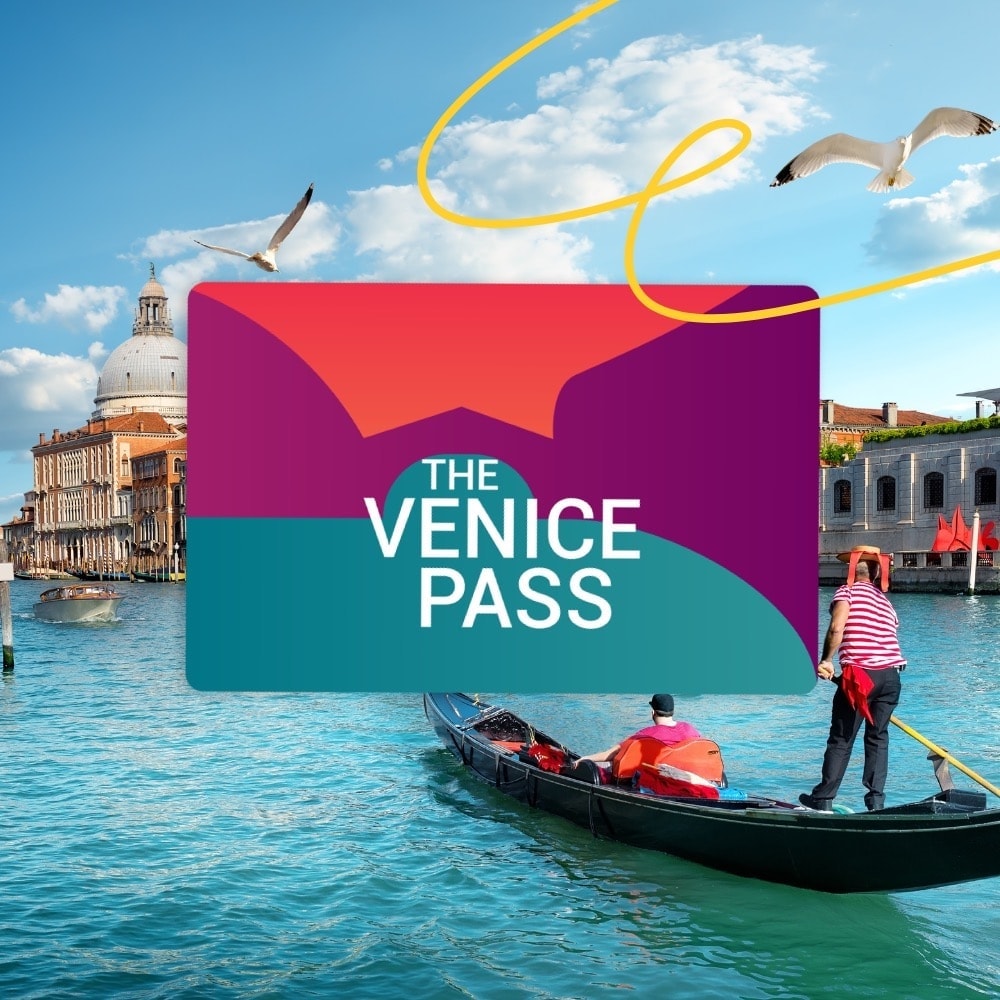
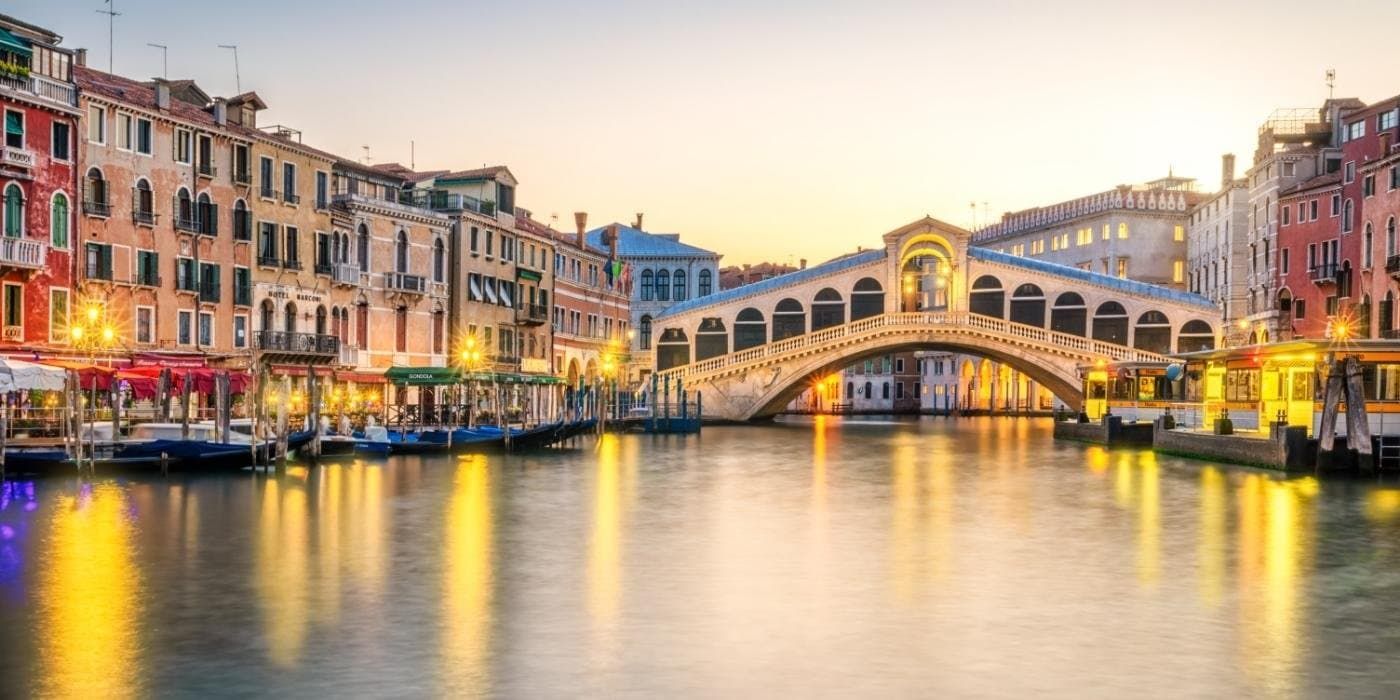
Chiara Musino
Do you want to know the best things to see in Venice in two days? Come with us.